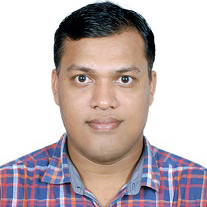Previous Work
Previous Projects
Completed Projects in previous Summer Schools (Published Papers)
- All
- Summer School 2021
- Summer School 2022
Defining Reachability Tree under Adiabatic and Reflexive Boundary Condition Cellular Automata
Nazma Naskar and B K Sivaraj
Abstract. In this paper the elementary cellular automata is explored under adiabatic boundary condition and reflexive boundary condition, using the reachability tree. To construct the reachability
tree under the mentioned conditions, structures of those boundary conditions are analysed. The valid RMTs of root level and leaf level are identified. It was found that only at root level and leaf level, the structures
and arrangements differ slightly with the reachability tree of null boundary condition.
Information-Theoretic Analysis
of ECA Rules
(Genealogy Interceded Phenotypic Analysis (GIPA) of ECA rules)
R Goyal
Abstract. This project demonstrated the grouping of the ECA Rules using information theoretic measures in light of Wolfram's classification of ECA, with 88 rule equivalence classes. This study used
the concept of BiEntropy to compute the approximate information content of a binary string while quantifying the evolution of the macroscopic behavior in space-time diagrams for different rules. The amount of information
processed by a CA rule in a space-time patch was captured through four proposed measures, i.e., DiffEntropy (DE), SimConfig Ordered (SCO), SimConfigImmediate (SCI), and SimConfigFluctuation (SCF). Based on the information-theoretic
analysis, which was followed by the clustering of entropy values of different configurations through dynamic time warping (DTW), a Genealogy Interceded Phenotypic Analysis (GIPA) of 88 ECA rules was proposed.
Cellular-automata based simulation of dynamic recrystallization and statistical analysis of resulting grain growth
Subramanian R S, Sai Shree Ramadev and Prince Gideon Kubendran Amos
Abstract. By employing cellular automata technique, in this work, a polycrystalline system corroborating experimentally observed microstructure is developed. Moreover, through appropriate transition
functions, microstructural changes accompanying dynamic recrystallization, a manufacturing technique associated with the production of wide-range of components, is simulated. The grain growth that characterises this change
is analysed to explicate the trend in the temporal evolution of mean grain size and its kinetics. As opposed to a progressive increase in mean grain size, which generally typifies a conventional grain growth, in dynamic
recrystallization, it is observed that the mean grain size increases and decreases sequentially, thereby rendering a oscillating pattern. A perceptive investigation of the fluctuating trend unravels individual growth events,
characterised by monotonic increase in mean grain size, whose kinetics follow the third-order power law.
Cellular Automata as models in
Social Sciences
Rezki Chemlal
Abstract. In this project we were interested in the use of 2 dimension cellular automata in social sciences , we were very flexible in the last point as we also inculed models in urban modeling.We
also did not restict ourselevs to the formal definition of cellular automata as we considered also interesting models that may be considered close to cellular automata. We realised programs for all models.
Modeling the Spread of Covid-19
with 2-D Cellular Automata
Subrata Paul
Mentor: Kamalika Bhattacharjee
Abstract. This project focuses on developing a model that can accurately simulate COVID-19's global dissemination patterns. We utilize cellular automaton (CA) to build such a model. In this project,
a new variant of CA called Temporary Stochastic Cellular Automata (TSCA) is used, where two rules is being utilized, one of which serves as a default rule and the other of which is a probabilistic rule that is applied with
some probability. To consider the mutation of the COVID-19 rule, we employ a set of TSCAs. Each TSCA is considered as (f, g)[τ] and at a time the applied TSCA is chosen from the set. The model evolves using two TSCA rules
f and g, where f is represented as the propagation of the virus, g is represented as recovery function and g is applied with probability τ . The model is validated on the basis of a real-time dataset of spreading Coronavirus
(SARS-COVID-19) over the world. This proposed model depicts the spreading scenario of the novel Coronavirus which has caused a global pandemic.
Isomorphism In Cellular Automata
Vicky Vikrant
Mentor: Sukanya Mukherjee
Abstract. This work focuses on the isomorphism of cellular automata (CAs). Two cellular automata are said to be isomorphic if their configurations evolve in the similar way. As a model, here we use
non-uniform elementary cellular automata under null boundary and discover few inherent properties of CAs to decide whether the given cellular automata are isomorphic.
Hexagonal Cellular Automata Simulation of Intergranular
Cracking in Polycrystalline Materials
Tarun Kumaar M K, Deeraj H, and Suvetha M
Mentor: Prince Gideon Kubendran Amos
Abstract. The model takes an input of the desired number of nuclei, which are then distributed at random throughout the domain. For this system, we are considering 18 different grain orientations
associated with their own unique colours. Conventionally, cellular automata are associated with square discretization but here we have implemented hexagonal discretization and attempt to undertake a qualitative comparison
between them.
Our Mentors
Meet Our Mentors
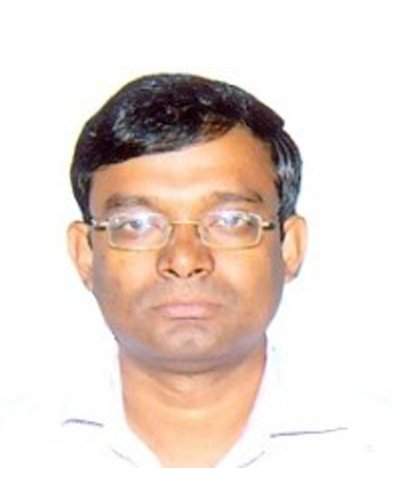
Sukanta Das
IIEST Shibpur
Kamalika Bhattacharjee
NIT Tiruchirappalli, India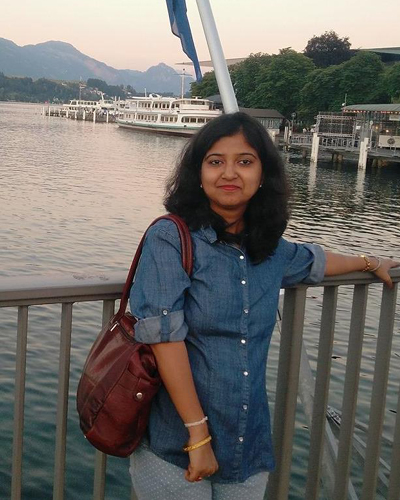
Sukanya Mukharjee
IEM Kolkata, India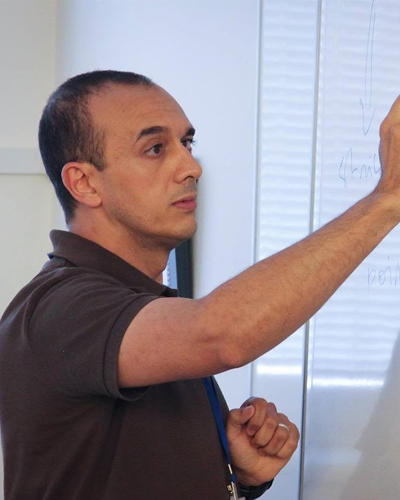
Rezki Chemlal
University of Bejaia, Algeria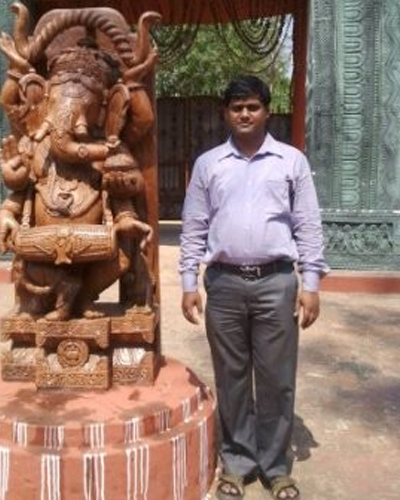
Sudhakar Sahoo
IMA, Bhubaneswar, India
M Nazma BJ Naskar
KIIT University, India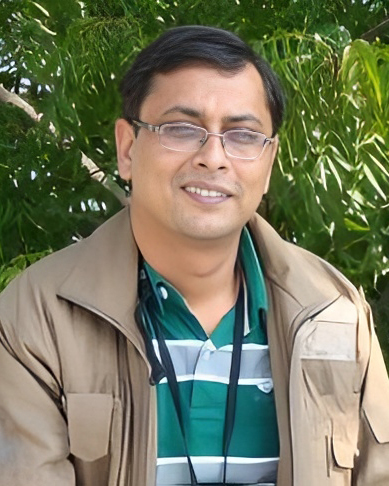
Rinkaj Goyal
Guru Gobind Singh Indraprastha UniversitySummer School Testimonials
The opportunity to participate in Summer School 2022 was amazing, and I am glad to be working with one of my favorite mentors, Dr. Kamalika Bhattacharjee. I have gathered a ton of new knowledge on cellular automata. We dealt with an immediate issue, namely the spread of a deadly virus. I was extremely excited to do such a significant job in this field. I would like to thank the Summer School 2022 team for organizing such a beautiful event. I am glad to participate in the Summer School 2022. It was a great experience.

Subrata Paul
IIEST ShibpurWe got opportunity to connect the people from different backgrounds, new connections in Cellular Automata Community. It was well balanced program, constructive and getting suggestions from mentors time to time to improve the work and many more. Sincerely thanks to my mentors (Dr. Kamalika B. mam and Dr. Sukanya M. mam) were willing to answer all my questions and guide me to the next steps in my project. Special thanks to Prof. Sukanta sir. I got the good suggestions and feedback from him, Prof. Sukanta sir knew exactly how to help me. Few hours were devoted to project presentation from the students, it provides a good platform to share the work, idea and get a positive feedback from the mentors.
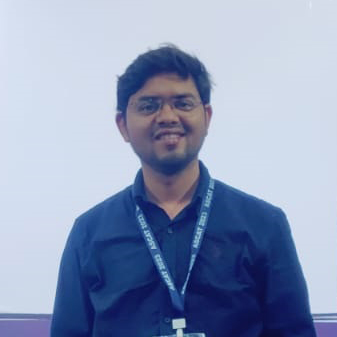
Vicky Vikrant
NIT TrichyThe school provided an extensive and in depth introduction to ca. the projects and guidance from the professors helped implement the theoretical knowledge into practical application. One of the best summer schools I’ve attended, good support from professors and other students.
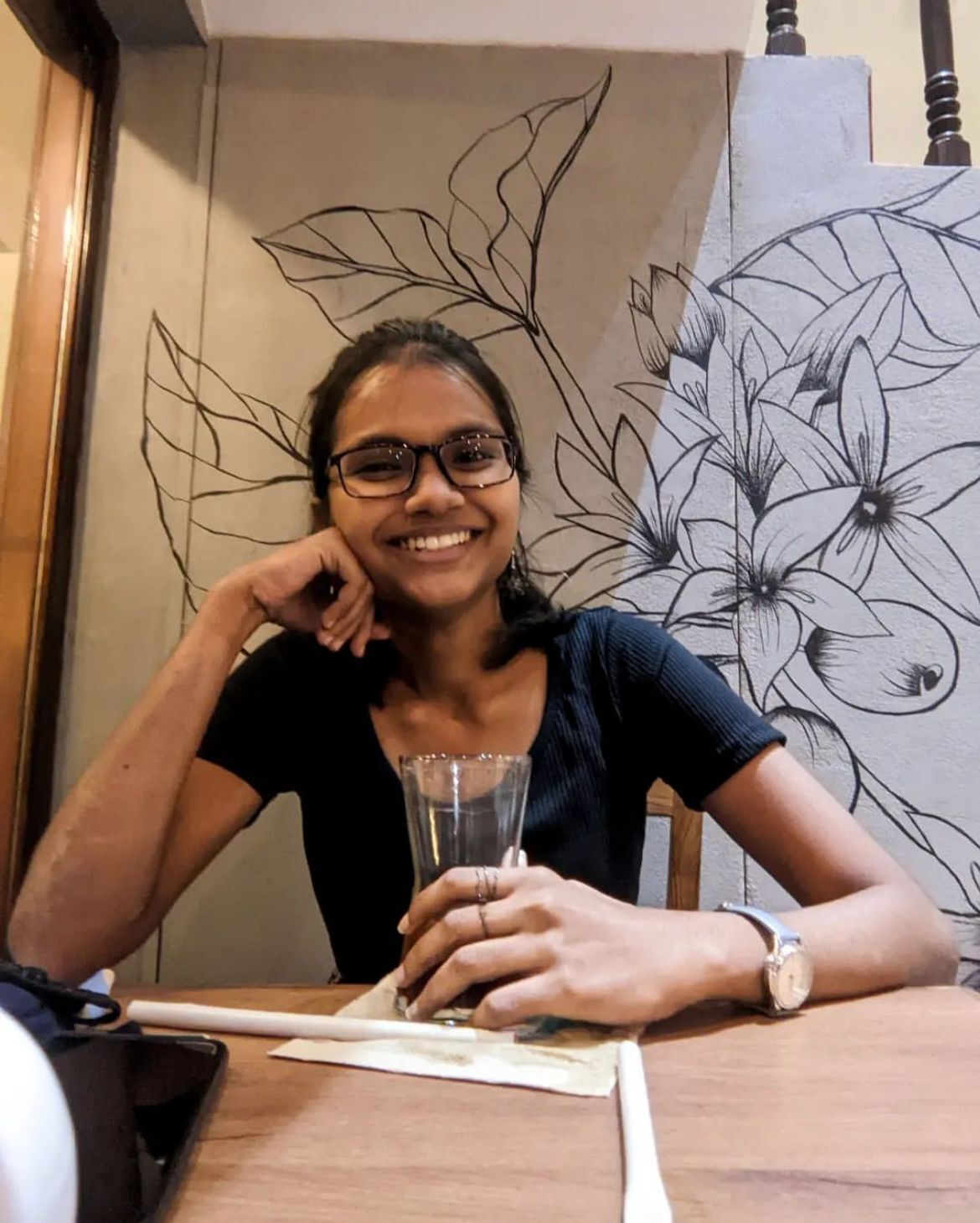
Darshana V
NIT TrichyThis summer school immensely helped me to understand the current state of cellular automata as a technology and the potential issues therein. Attending this online school improved my understanding of alternative computational models, and I also got valuable suggestions for the project work during discussions and review meetings with mentors. Post-summer school, this work resulted in a research paper publication at the conference (ASCAT-2023) organized by the Cellular Automata India Society. This summer school was conducted online without any participation fee. It was an enriching experience for me, which I recommend to all cellular automata enthusiasts.
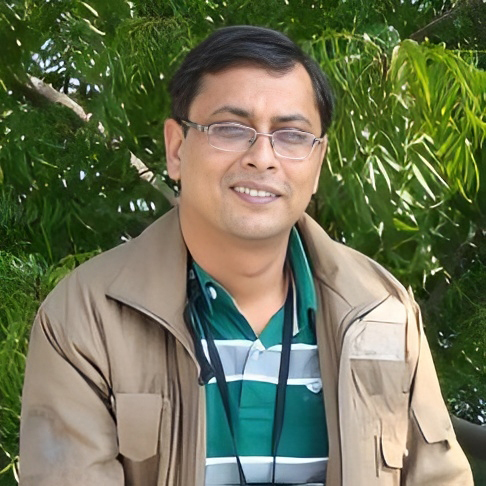
Rinkaj Goyal
Guru Gobind Singh Indraprastha UniversityThe teaching and the mentoring part was too good learnt a lot during the internship.

Deeraj
NIT TrichyScope to get the knowledge about cellular automata and to enhance the research activities. I am glad to be a part of cellular automata workshop as a beginner. I am very much obliged to the organizer, coordinator and the resource persons those who have helped us to gain knowledge abut this course and the research society working in this domain.
